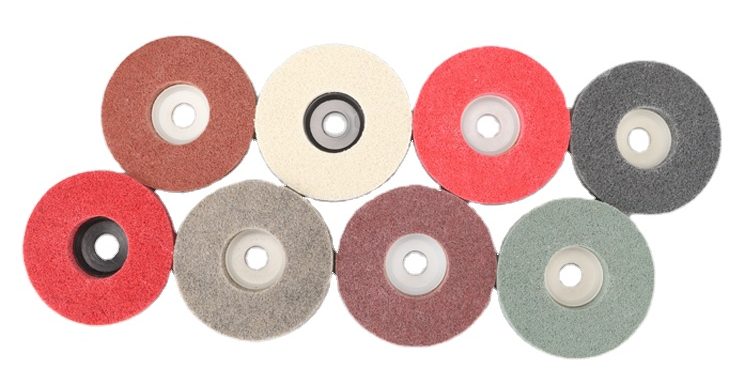Selecting the correct grit size for your sanding discs is essential to achieving the desired finish and optimizing your sanding efficiency. Different grits are designed for various tasks, from material removal to finishing touches. In this blog, we’ll discuss how to choose the right grit for your sanding discs to achieve optimal results.
- Coarse Grits (40 to 80): Coarse-grit sanding discs are best suited for heavy material removal and shaping tasks. They are ideal for removing paint, rust, and imperfections from metal or quickly leveling wood surfaces. Coarse grits are the first step in the sanding process.
- Medium Grits (100 to 150): Medium-grit sanding discs are versatile and suitable for general-purpose sanding and smoothing. They are commonly used for preparing surfaces before painting or finishing, as well as for initial smoothing in woodworking.
- Fine Grits (180 to 240): Fine-grit sanding discs are used for finer smoothing and finishing. They are effective at removing small imperfections and preparing surfaces for staining or painting. Fine grits are often used as an intermediate step in the sanding process.
- Very Fine Grits (320 to 600): Very fine-grit sanding discs excel in achieving a smooth and polished finish. They are ideal for final finishing touches and preparing surfaces for topcoats or clear finishes. Very fine grits are also used for automotive clear coat sanding.
- Ultra-Fine Grits (800 and above): Ultra-fine-grit sanding discs are reserved for the finest finishing work, such as achieving a mirror-like shine on metal surfaces or polishing wood to a high sheen. They are commonly used with polishing compounds.
When selecting the right grit for your sanding discs, consider the material you’re working on and the level of abrasion required. Start with a coarser grit if material removal is necessary and gradually progress to finer grits for a smoother finish. Remember that using the correct grit not only enhances the quality of your work but also extends the life of your sanding discs.










